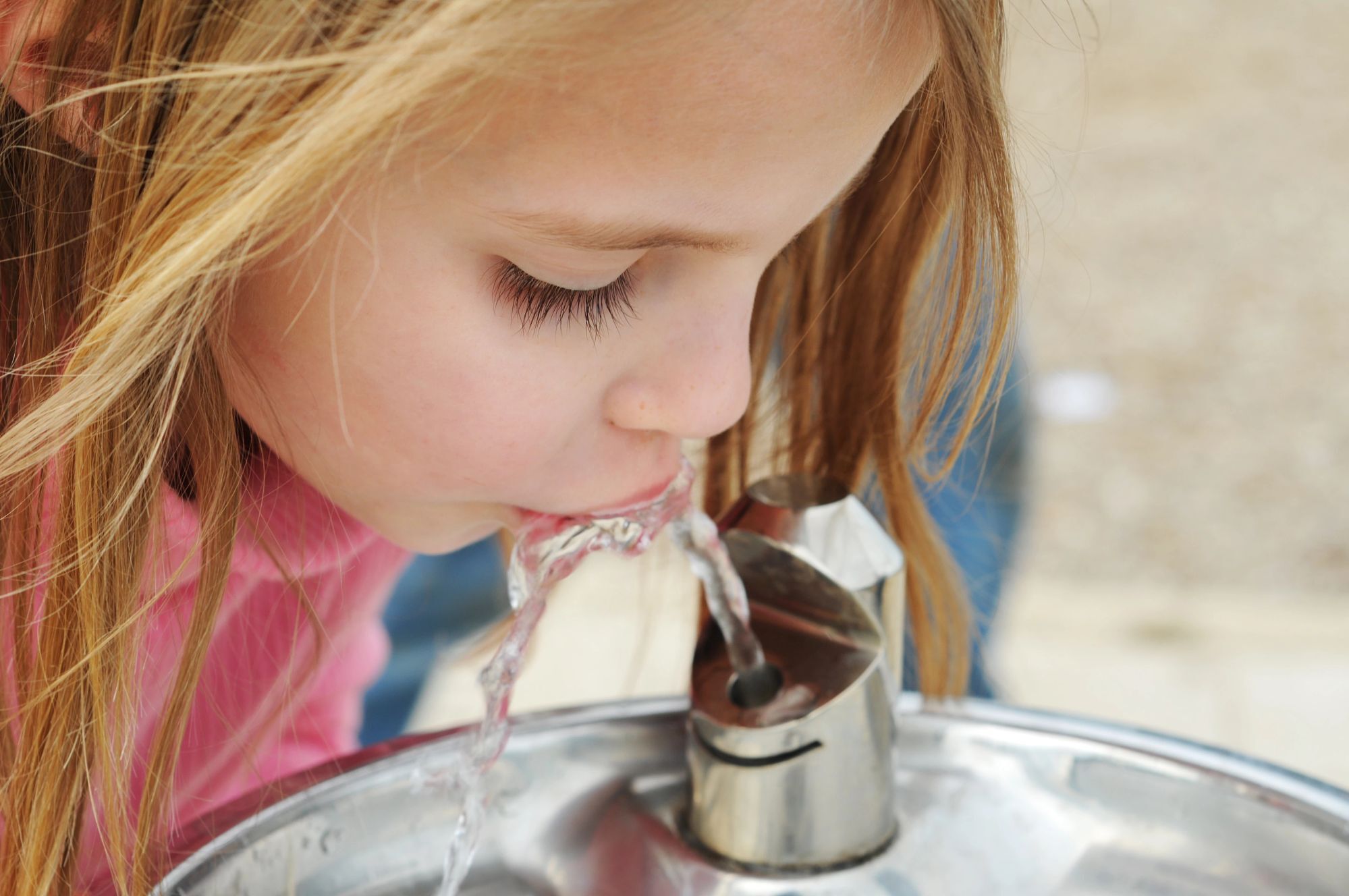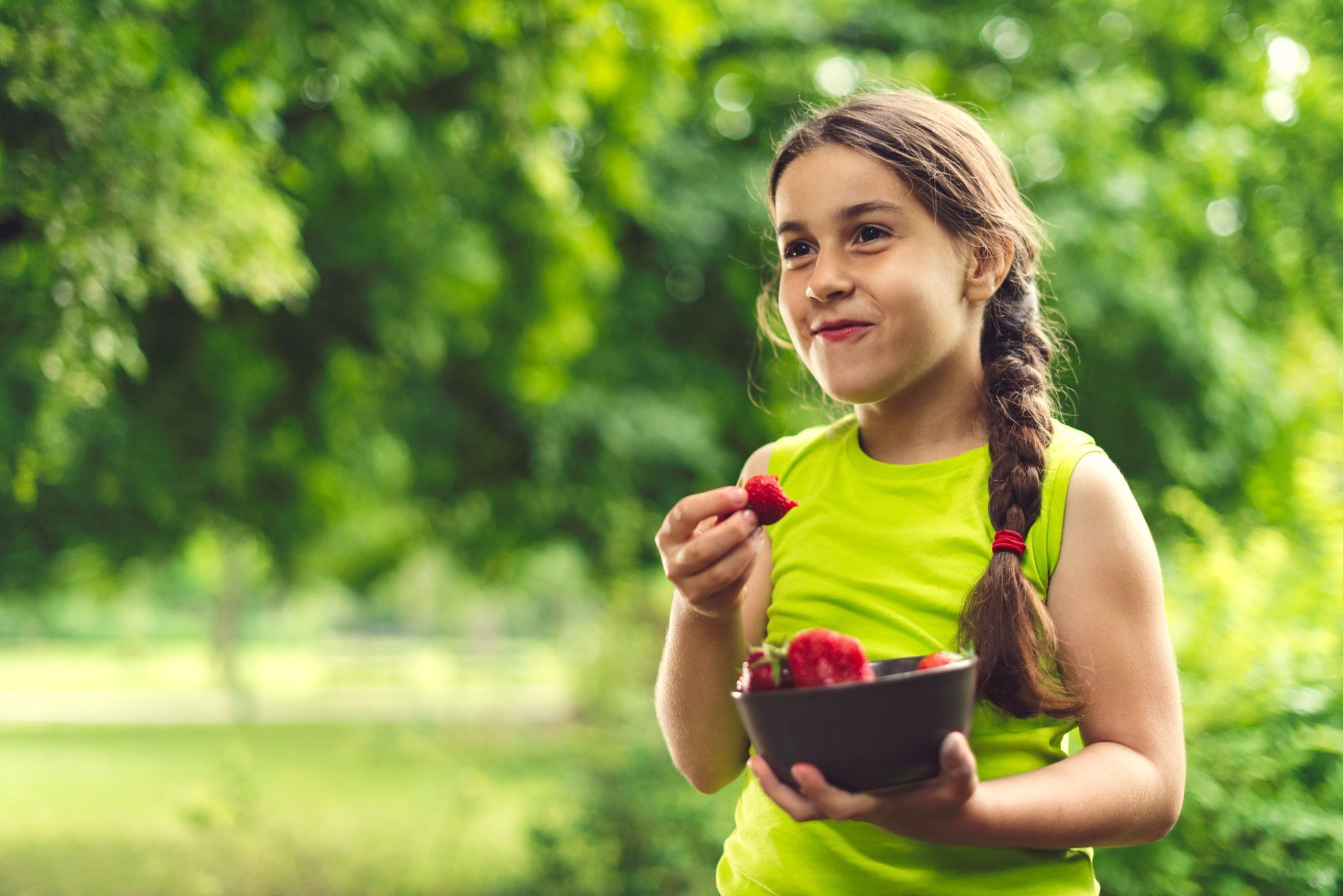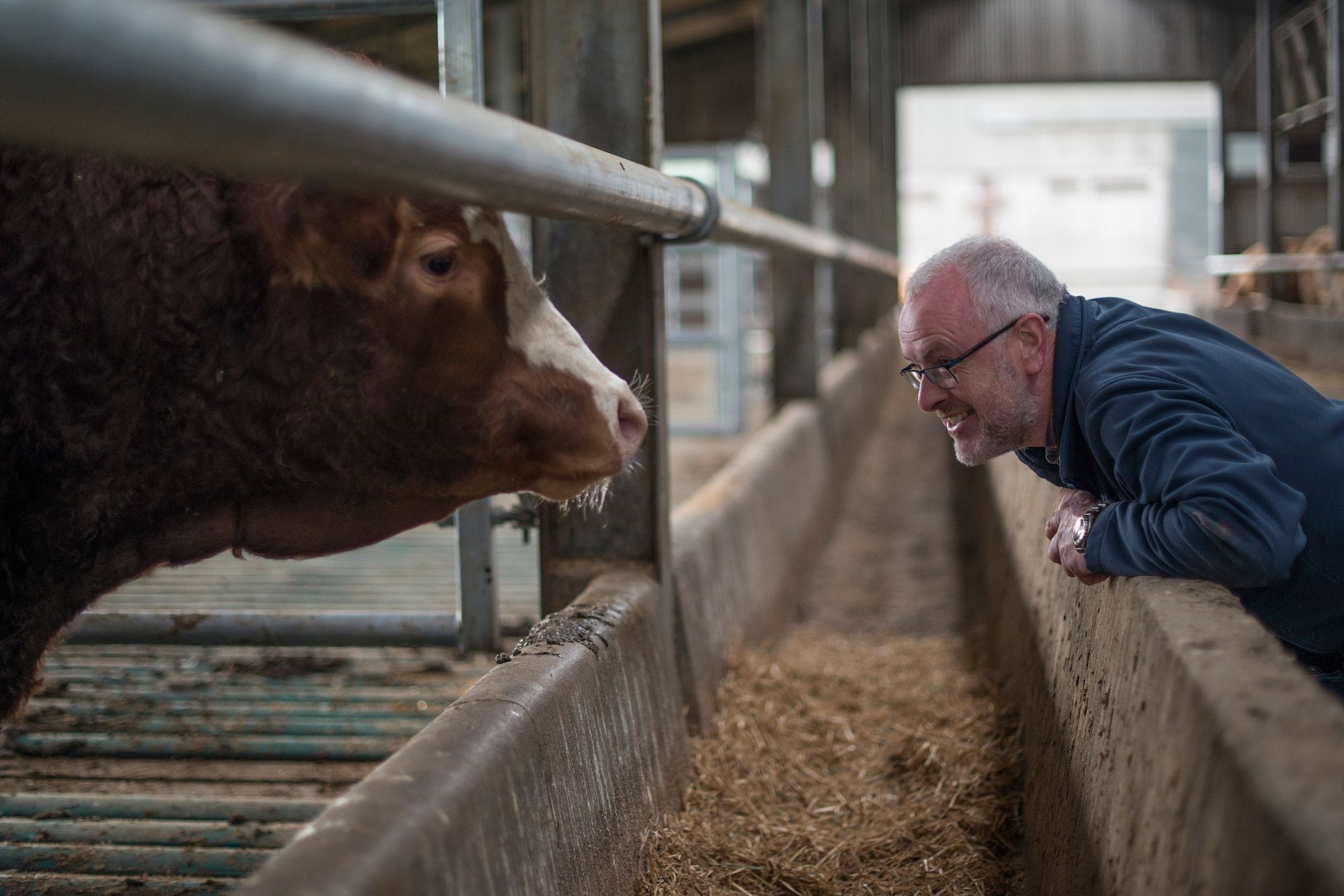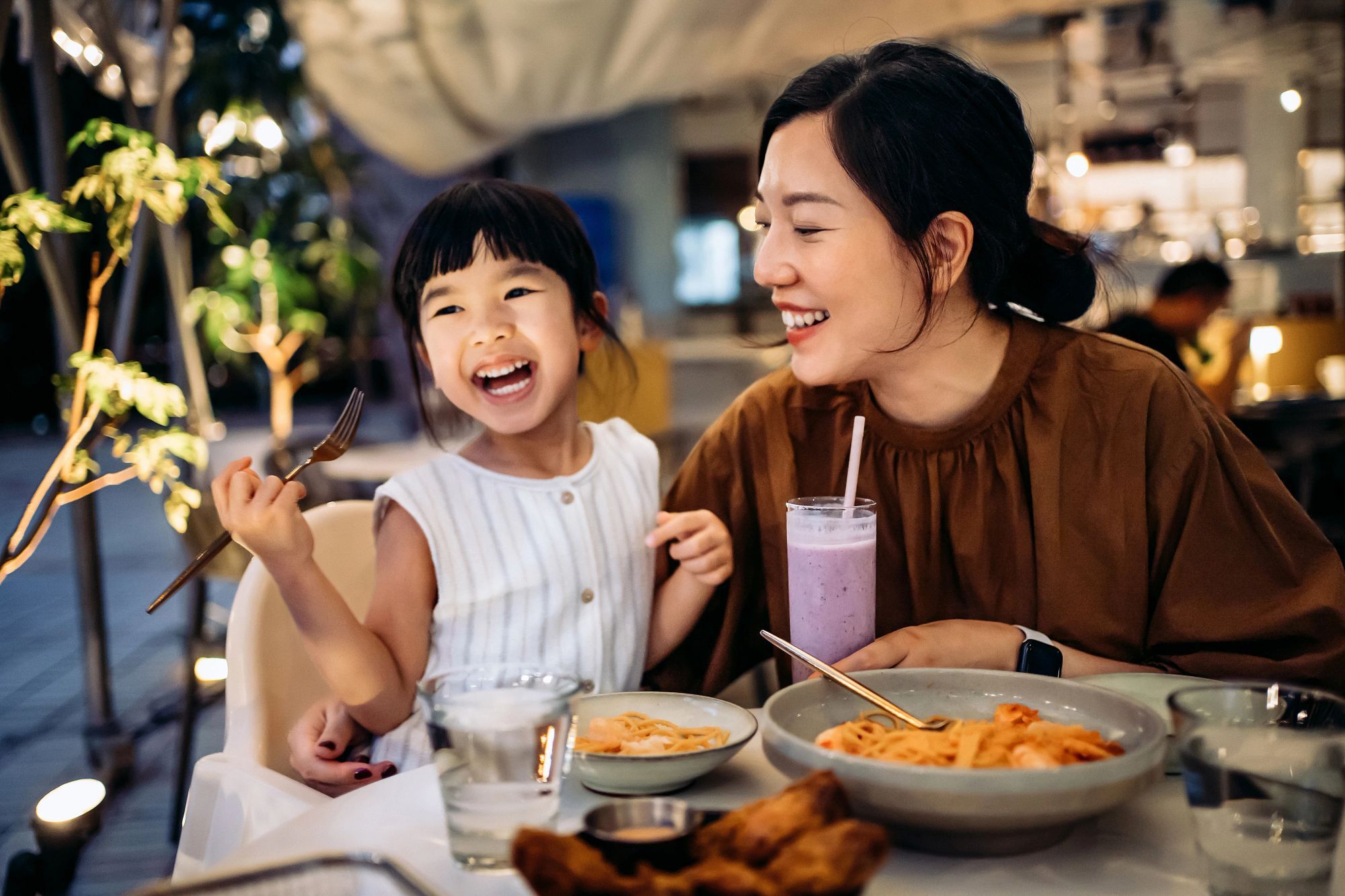Returning to “Normal Life” and Public Places
As more people are vaccinated, life seems to be slowly returning to some kind of post-pandemic normalcy. After a year of lockdown, pandemic fatigue has set in and we want to get out and about. But as that reality seems within sight, you may be feeling anxious about returning to the health club, shopping center, office and other public places.
No question, things will look and feel different and you may be wondering what you can do to take charge and protect your health. You’re not alone. A recent survey by the American Psychological Association found that 49% of adults felt uncomfortable about returning to in-person interactions when the pandemic ends. Nearly half of the people who have been vaccinated also said they felt stressed.
Like everything else, these feelings are part of the new “normal,” says NSF expert Paul Medeiros, managing director of consulting and technical services. He and his team help companies re-open and stay open, and he’s got some advice before you head out the door.
“The risks of where you go depends on if you’re vaccinated and whether you live in an area where the infection rates are increasing again,” says Paul. “It’s more important than ever to make a plan to get vaccinated, but make sure you take your rightful turn to do so.” He advises following the science and guidance from experts in your region and the U.S. Centers for Disease Control and Prevention (CDC) as a blueprint for your behavior as well as staying up-to-date as things continue to evolve.
Beyond that, carefully choose places that make you feel comfortable, he says.
“As a consumer, I vote for places with my pocketbook, meaning that I show my support for businesses by spending my money there, and if I don’t trust them, I don’t shop there,” says Paul. Look for clues that businesses are taking your safety very seriously. They include:
Website Sleuthing
There are some things you can research online before leaving home — Check out the store, library or public place website to see if it lists special hours of operation for seniors, or curbside shopping options. Questions to answer: Do they even mention COVID? Are capacity limits posted? “These are the red flags,” says Paul. “If they are not communicating early and upfront, then what else are they not doing to protect you?”Curbside Clues
Before you even go inside, look to see if the store is overcrowded, if customers are walking around without masks and what the sign on the door says about their protocols.Sealed With Safety
Check to see if the place has a reputable safety sticker that demonstrates a credible safety organization has approved compliance with safety protocols. “If they have got a tattered piece of paper that’s been baking in the sun, it’s a smoke-and-mirrors gesture that they probably slapped up months ago and haven’t paid any more thought to your safety.”Questions, Questions
It’s okay to ask an employee what the sticker on the door means, and if the employee doesn’t know, that’s another sign they are not taking safety protocols seriously.
“I recently was at a restaurant picking up a pizza and I noticed there were a lot of signs about COVID, and the tables were spaced out appropriately,” says Paul. “I got a good feeling and again, that’s where I want to spend my money. As a business owner, you better remember that customers are watching your every move and aren’t going to feel comfortable if you are bending the rules.”
The Three Cs of Safety
Three things should stand out for your safety, says Paul: The three Cs: close spaces, crowded places and close contact settings. Before you head out in group settings − like holding neighborhood parties, carpooling to work, working at the office and dining out − Paul recommends using the three Cs to assess risk.
As Corporate America inches back to pre-pandemic office operations, vaccinations are a key consideration for returning to on-site work. Here are some things you can look for that show your employer is putting safety first (and things you can do to take charge of your own safety):
- Find a new way to roll: If you still aren’t comfortable with planes, trains and mass transit, and carpools are an option, make sure your windows are open and you and your fellow travelers are masked up. Only carpool with the same group of co-workers, wear masks and don’t mix and match, says Paul. “Make sure these are people you trust who are committed to telling you if they’ve got symptoms or have been exposed to COVID, before they get in the car.” For public transportation, do some research to see what the cleaning policies are or if taxi drivers are required to wear masks at all times they are in the cab. Bring a hand sanitizer and wash your hands frequently if you are using mass transportation. Consider eye protection as well. “Unless I was using mass transit in an area with very low community spread, I’d wear eye protection (like a face shield or protective glasses) as well as a medical mask. I’d also travel off-hours to help avoid crowds,” Paul says.
- Ditch the water cooler: The biggest void may be coffee and snack stations and communal gathering places. Your employer is best positioned to press pause on these common areas, at least for now.
- Look for signs of the times: Other clues that your employer is taking your safety seriously are signage about where to stand, desks placed six feet apart, staggered work schedules with days in and out of the office, and sanitizer stations near common touch points like doors and elevator buttons. You can also ask if your employer has an occupational safety and health plan in place.
- Head outdoors: Other clues that your employer is taking your safety seriously are signage about where to stand, desks placed six feet apart, staggered work schedules with days in and out of the office, and sanitizer stations near common touch points like doors and elevator buttons. You can also ask if your employer has an occupational safety and health plan in place.
Parks and Recreation
The best news is that kids and adults can get back outside for fresh air and exercise, with some caveats.
“Different kinds of exercise have different kinds of risk. Tennis and baseball aren’t close contact for the most part and have a lower risk,” Paul says. “You may question a skateboarding park packed with kids. But the kids are outside and getting exercise. To me, the greater risk with these activities is around things like travel to the park in packed cars or team buses and with people hanging around too close together before, during or after the activity.”
“It’s great to spend as much time outside as you can, but remember we’re not completely out of the woods yet,” says Paul. “If your eight-year-old is sick, don’t send him to a party and let him miss his baseball or soccer game. Remember many people aren’t fully vaccinated yet, so the risks are still there.”
Sign Up for Tips for Better Living
Stay up to date with what matters most to you and your family.
Related Posts

Foodstuffs: How To Store and Heat Leftovers Safely

Kitchen Cleaning 101: Your Ultimate Guide to Optimum Kitchen Cleaning

Keeping a Clean Home, Especially When You Share It With Your Pet

loMT: Utilize Internal Information Security Expertise to Combat Cyber Risks
Source:
www.apa.org/news/press/releases/stress/2021/one-year-pandemic-stress
How NSF Can Help You
Get in touch to find out how we can help you and your business thrive.

What’s New with NSF

Michigan’s “Filter First” Law: A Guide for Schools and Childcare Centers
April 23, 2024
Healthy People Living on a Healthy Planet: The Future We’re Working For
April 4, 2024
American Meat and Egg Distributors Now California-Ready with NSF’s Prop 12 Certification
April 3, 2024